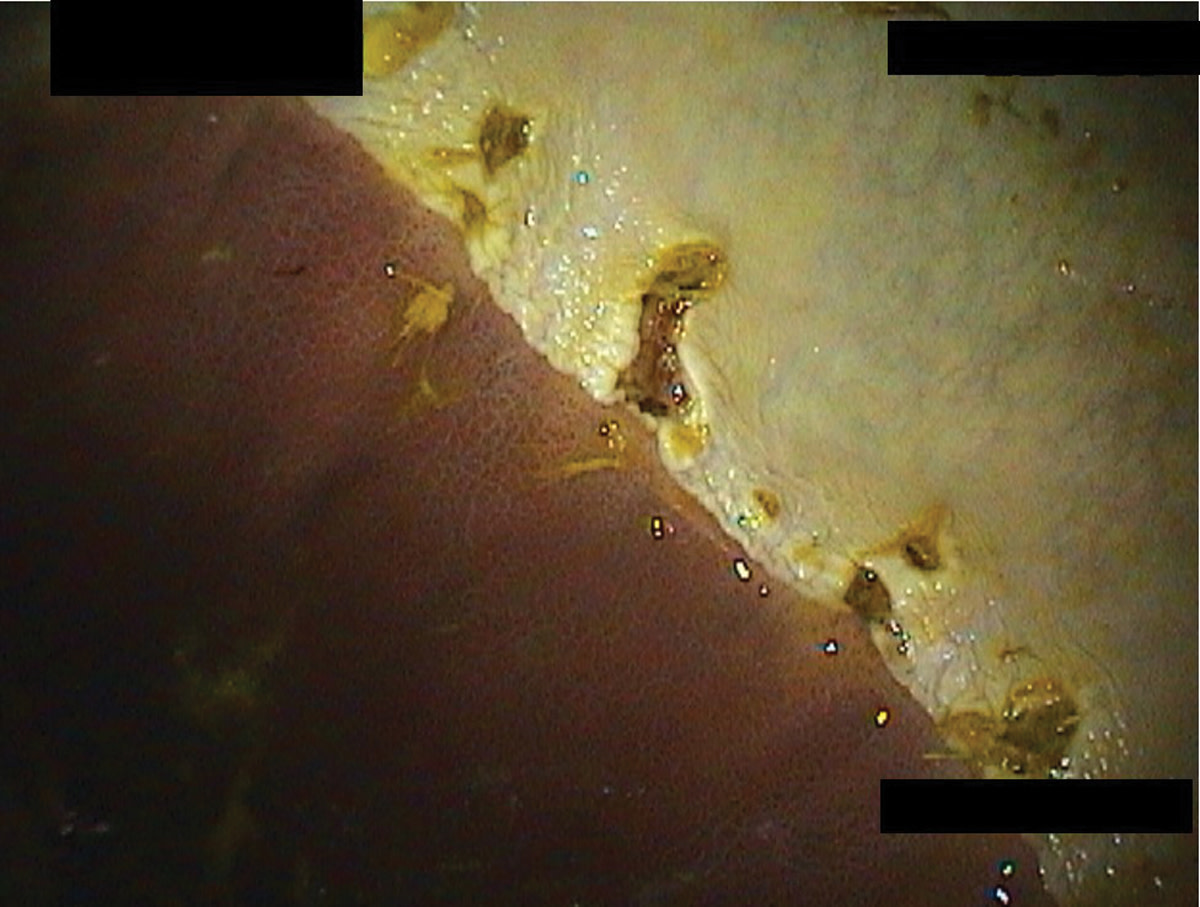
Recent research titled, “Impact of concurrent treatment with omeprazole on phenylbutazone‐induced equine gastric ulcer syndrome (EGUS)” was published by authors M. Ricord, F.M. Andrews, F.J.M. Yñiguez, M. Keowen, F. Garza Jr, L. Paul, A. Chapman, and H.E. Banse.
Anecdotally, many practitioners prescribe omeprazole concurrently with phenylbutazone to reduce development of equine gastric ulcer syndrome (EGUS), but the efficacy and safety of this practice remains unknown. This experimental study evaluated the effect of omeprazole on phenylbutazone‐induced EGUS in adult horses.
Twenty-two horses with equine glandular gastric disease (EGGD) and equine squamous gastric disease (ESGD) scores ≤2 were divided into three groups: PBZ group (8 horses) received 4.4 mg/kg of oral phenylbutazone every 12 hours; PBZ/OME group received the same phenylbutazone dose plus 4 mg/kg of oral omeprazole every 24 hours (8 horses); and the control group (CON) consisted of six horses. Horses were treated for up to 14 days and gastroscopy and was performed every 7 days. A CBC was performed at the beginning and end of the study period. Five horses did not complete the trial due to intestinal complications, three in the PBZ/OME group and two in the PBZ group.
Median EGGD score increased in the PBZ group compared to PBZ/OME group over the study period. No difference was seen in ESGD scores between the two groups. Serum albumin concentration decreased in the PBZ group compared to the CON group over the course of the study. There was no significant difference in albumin concentration between the PBZ/OME group and the CON group. In the PBZ/OME group, 6/8 horses developed intestinal complications, compared to 2/8 in the PBZ group and 0/6 in the CON group. These complications were fatal in two of the horses in the PBZ/OME group.
Bottom line: Although concurrent omeprazole reduced the severity of EGGD, caution should be exercised when co-prescribing phenylbutazone and omeprazole in horses, especially with a concurrent change in management.
You can gain membership access or pay for access to this article on the Wiley online library.








